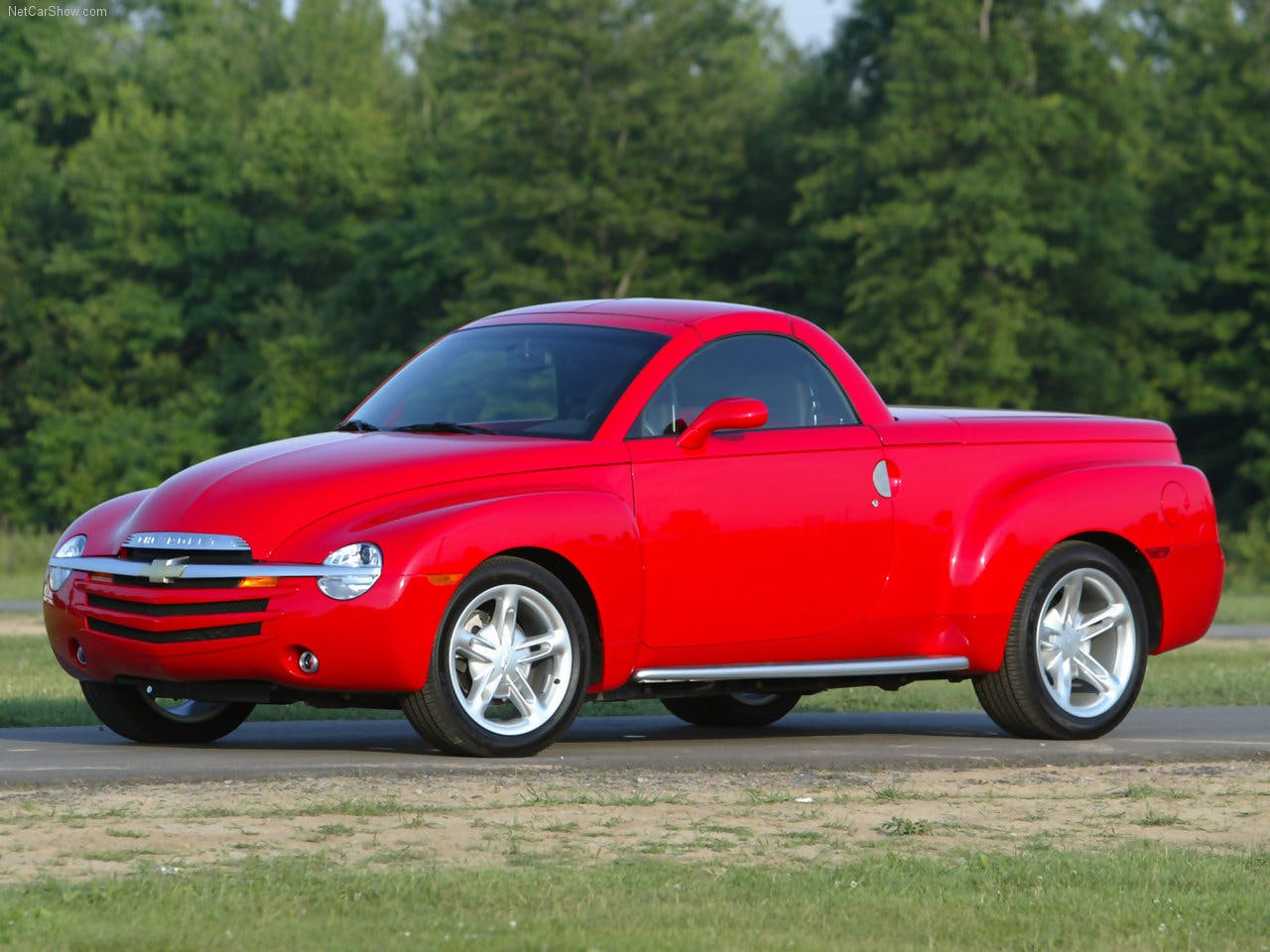When hot-rodding (baby) boomed, Detroit wanted in

When hot-rodding was young, it had an air of outlaw culture about it. Speed-crazed kids ripped the fenders off their hopped-up jalopies to go fast, make noise, and annoy the adults. True or not, it was a rock-and-roll facet of the automotive landscape that buttoned-down Detroit was happy to overlook.
By the mid-1990s, however, those speed-crazed kids were cashed-up adults who now held the industry’s full attention. In 1996, the National Street Rod Association figured that 84 percent of its members were aged 31 to 50, meaning they were in their prime earning years and ready to feel 18 again. There were numerous attempts to bank on the retro trend, from the Chrysler PT Cruiser and Chevrolet HHR to the VW New Beetle and fifth-gen Mustang, but only two factory jobs were unmistakable torpedoes fired at the hot-rod crowd.

Chrysler dazzled the 1993 Detroit auto show with a brazen concept called the Plymouth Prowler. The plum-colored ragtop two-seater slunk onto the stage already bearing crash-test-ready bumpers and dual airbags, leading to immediate speculation that the car would go into production. Chrysler was that kind of company then, run by a clique of car guys who had already stunned naysayers by putting the Dodge Viper into production in 1991. Every good movie deserves a sequel, right?
Wisely, the company’s then-chief designer, Tom Gale, aged 50 and a rodder himself, spun the project in more business-like terms. The aluminum-intensive Prowler would give Chrysler real-world experience in the lightweight metal, and it would wake up the sleepy Plymouth brand, long the vinyl-upholstered poverty portal into Chrysler’s lineup. With people flocking to Dodge dealers just to glimpse a Viper, spreading the eyeball candy to Plymouth made sense.

The $35,000 Prowler went into production as a 1997 model alongside the Viper at Chrysler’s Conner Avenue Assembly Plant, a former spark-plug factory in Detroit. Though it used not a V-8 but the 214-hp 3.5-liter V-6 and four-speed auto from the company’s LH sedans—undoubtedly pain points for its intended audience—the 2800-pound car was indeed a test bed for new tech. The alloy structure and outer panels hid weight-shaving innovations such as a cast-magnesium dash support, aluminum control arms made with a developing process called “semisolid forging,” and aluminum brake rotors reinforced with silicon carbide ceramic particles.
And the Prowler did—briefly—give the Plymouth brand a pulse, though not for long. Chrysler scrapped Plymouth in 2001 and built the last Prowler, which for its final two years bore a Chrysler badge, on February 15, 2002, having sold 11,676 examples of a car that, while evoking hot-rod culture on the outside, was every inch a high-tech factory project under the skin.
Just as Chrysler axed the Prowler, Chevy jumped in with the SSR. The audience was the same but the recipe quite different: GM sprang its retro-rod pickup from its midsize Trailblazer SUV, which afforded it a 300-hp 5.3-liter V-8 (at last!) and other major components. The innovation budget went into the trick roof, a split-folding hardtop that had to stack itself vertically before sliding down between the cockpit and the open pickup bed. Indeed, problems with the roof, a joint venture between Detroit’s ASC Inc. and Germany’s Wilhelm Karmann GmbH, caused the SSR months of delay. Salable units finally rolled out of GM’s Lansing Craft Center—the same small-project shop that built the Buick Reatta and GM EV1 electric—late in ’03. Priced at $42,000, the SSR had V-8 rumble and torque but was almost 2000 pounds heavier than the Prowler, and just about as fast.

GM had hoped for annual sales of 13,000, but the biggest year was 2004, with 10,676 sold. A 6.0-liter V-8 and even a six-speed stick were offered, but the SSR was gone by the end of ’06, proving that the notion of mass-produced hot rods is a contradiction in terms, and that Detroit maybe should have left the genre to the customizers.



